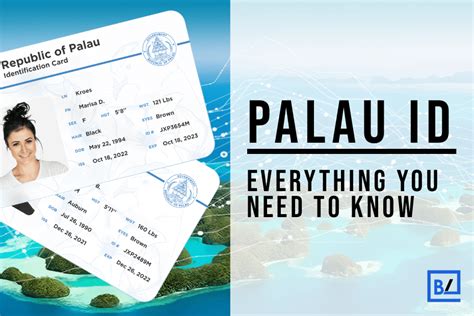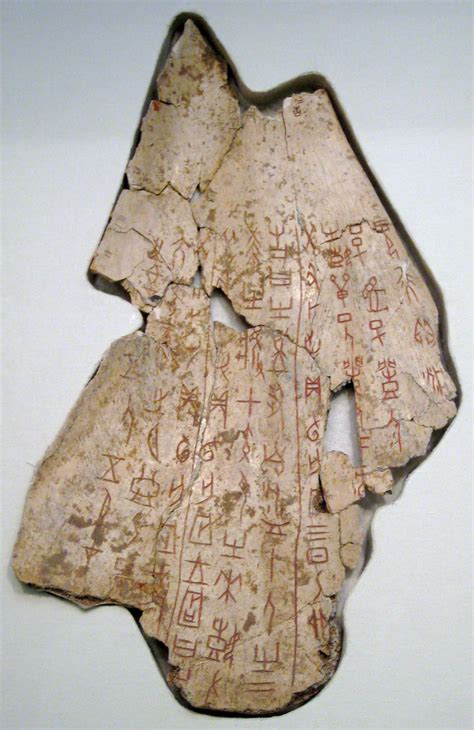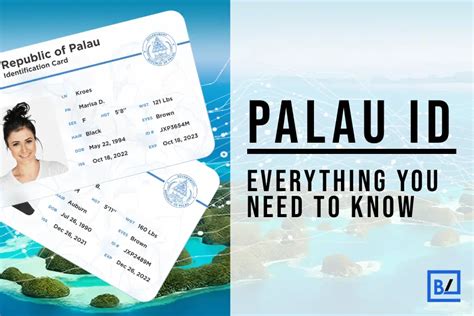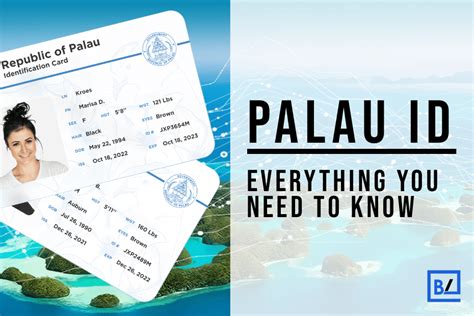Table of Contents
- Introduction
- Earliest Forms of National IDs (5,000+ years ago)
- Evolution of National IDs
- Modern Forms of National IDs
- Future of National IDs
- Tips and Tricks
- FAQs
Introduction
National IDs are an essential part of modern society. They allow us to prove our identity, access services, and travel. But where did national IDs come from? And how have they evolved over time?

Earliest Forms of National IDs (5,000+ years ago)
The earliest known forms of national IDs date back to ancient Mesopotamia. These IDs were simple clay tablets that recorded a person’s name, occupation, and other personal information. They were used for a variety of purposes, including taxation, military service, and access to government services.
Evolution of National IDs
Over time, national IDs evolved to become more sophisticated. In ancient Rome, citizens were required to carry a metal token called a tessera. This token served as proof of citizenship and allowed the bearer to access public services.
In the Middle Ages, national IDs became more standardized. In England, the Domesday Book was created in 1086. This book recorded the names and property of all landholders in England. The Domesday Book was used for taxation purposes and as a way to track the population.
Modern Forms of National IDs
In the 19th century, the development of photography and fingerprinting led to the creation of more secure national IDs. These IDs included a person’s photograph, fingerprint, and other personal information. They were used for a variety of purposes, including identification, travel, and law enforcement.
Future of National IDs
The future of national IDs is uncertain. Some experts believe that national IDs will become increasingly digital. This could make them more secure and easier to use. Others believe that national IDs will become less important as other forms of identification, such as biometrics, become more prevalent.
Tips and Tricks
Here are a few tips and tricks for using national IDs:
- Always keep your national ID in a safe place.
- Make sure your national ID is up-to-date.
- Be aware of the different types of national IDs and which ones are required for different purposes.
- Ask your local authorities for more information about national IDs.
FAQs
Here are some frequently asked questions about national IDs:
-
What is the difference between a national ID and a passport?
A national ID is a document that proves your identity within your own country. A passport is a document that proves your identity when you travel to other countries. -
Who needs a national ID?
Most countries require their citizens to have a national ID. Some countries also require foreigners who live in the country to have a national ID. -
What information is on a national ID?
The information on a national ID varies from country to country. However, most national IDs include the following information:- Name
- Date of birth
- Place of birth
- Photograph
- Fingerprint
- Signature
-
How can I get a national ID?
You can usually get a national ID from your local government office. The process for obtaining a national ID varies from country to country.
Customer Feedback
- “I’m glad that I have a national ID. It makes it easy for me to prove my identity and access services.”
- “I’m concerned about the privacy implications of national IDs. I don’t want the government to have too much information about me.”
- “I think that national IDs are a necessary evil. They help to keep us safe and secure.”
Conclusion
National IDs have a long and fascinating history. They have evolved from simple clay tablets to sophisticated digital documents. The future of national IDs is uncertain, but they are likely to continue to play an important role in our lives.



